Ski Machine: Benefits and How to Use It

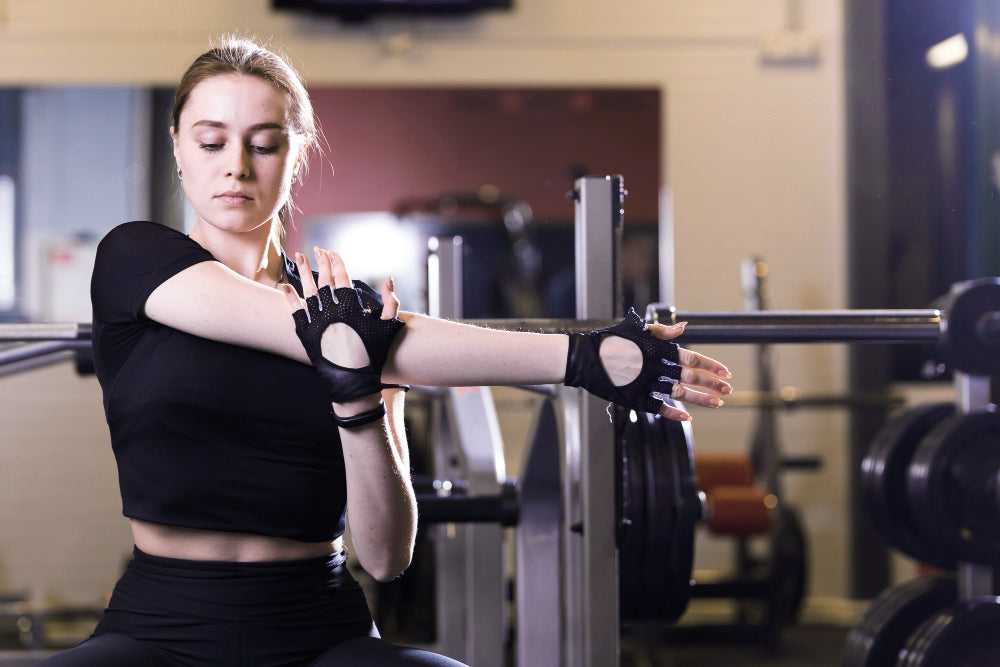
Related products
Ski machines, also known as Nordic ski machines or ski ergometers, are becoming increasingly popular in fitness centres and home gyms. These gym machines simulate the motion of cross-country skiing, providing a comprehensive workout that benefits users across a wide spectrum of fitness levels. By mimicking the natural movements of skiing, ski machines offer a unique blend of cardiovascular and muscular exercise, ensuring a full-body workout.
The rise in popularity of ski machines can be attributed to their ability to deliver an effective, low-impact cardiovascular exercise. This makes them an excellent choice for those looking to enhance their endurance while minimising joint stress, making it ideal for individuals with joint concerns or those recovering from injury. Additionally, the versatility of these gym machines allows for a wide range of workout intensities, catering to both beginners and advanced athletes who are looking to elevate their sports performance and overall fitness.
What is a Ski Machine?
Ski machines are designed to replicate the movements of cross-country skiing, enabling users to engage in a comprehensive cardiovascular and muscular workout indoors. There are primarily two types of ski machines: the classic Nordic ski machine and the ski ergometer.
The classic Nordic ski machine features sliding foot platforms and movable handles, which users push and pull in a coordinated motion. This type mimics the diagonal stride of traditional cross-country skiing. On the other hand, ski ergometers, such as the Concept2 SkiErg, focus on the upper body and core, allowing users to simulate the double-poling technique of skiing. For those seeking to optimise their training, integrating ski machines into a workout routine can complement various strength-building exercises, such as resistance training and targeted conditioning. Incorporating additional equipment, such as Hip Thrust Pads or Back Extension Machines, can enhance muscle engagement, helping improve performance in sports and athletic pursuits.
In comparison to other cardio equipment like treadmills, ellipticals, and stationary bikes, ski machines offer a distinct advantage by providing a full-body workout. While treadmills primarily target the lower body and ellipticals and bikes offer moderate upper-body engagement, ski machines require simultaneous use of both upper and lower body muscles. This holistic approach not only increases calorie expenditure but also promotes muscle balance and coordination.
Benefits of Using a Ski Machine
Using a ski machine offers numerous benefits, including improved cardiovascular health, a full-body workout, low-impact exercise, versatility for all fitness levels, and significant mental health advantages.
Cardiovascular Health
Regular use of a ski machine can significantly enhance cardiovascular health. Dr. Michael White, a cardiologist, states that "Engaging in high-intensity cardiovascular exercises, such as those performed on a ski machine, can improve heart and lung function by increasing the efficiency of oxygen utilisation in the body."
Studies have shown that using a ski machine can burn between 400 to 600 calories per hour, depending on the intensity of the workout and the individual's body weight. This high caloric expenditure aids in weight management and reduces the risk of cardiovascular diseases, such as hypertension and coronary artery disease.
Full-Body Workout
Ski machines engage both the upper and lower body, providing a comprehensive workout. According to fitness expert Dr. Laura Thompson, "The simultaneous activation of the arms, legs, core, and back muscles makes the ski machine an effective tool for enhancing overall muscle tone and strength."
The pushing and pulling actions required during the workout engage the biceps, triceps, shoulders, and upper back, while the sliding foot platforms target the quadriceps, hamstrings, calves, and glutes. This dual engagement ensures balanced muscle development and improves functional fitness. Continue to learn Why is It Important Train Legs (Don’t Skip Leg Day).
Low-Impact Exercise
One of the primary advantages of using a ski machine is its low-impact nature. Unlike running or jumping exercises that place significant stress on the joints, ski machines provide a smooth, gliding motion that minimises impact. Dr. Sarah Mitchell, an orthopaedic specialist, explains that "Low-impact exercises like those performed on a ski machine are ideal for individuals with joint concerns or those recovering from injuries, as they reduce the risk of joint strain and overuse injuries."
Versatility and Convenience
Ski machines are highly versatile and suitable for individuals of all fitness levels. Whether one is a beginner or an advanced athlete, the resistance levels on ski machines can be adjusted to match the user's capabilities. This adaptability makes ski machines an excellent choice for diverse workout routines, from steady-state cardio to high-intensity interval training (HIIT).
Additionally, ski machines are convenient for home use, providing a compact and effective workout option. They can be integrated into home gym setups, offering the benefits of a full-body workout without the need for extensive space or equipment.
Mental Health Benefits
Engaging in regular exercise on a ski machine also offers notable mental health benefits. Exercise-induced endorphin release can lead to stress reduction and improved mood. Dr. Emily Johnson, a psychologist, notes that "Consistent use of ski machines can enhance mental clarity, reduce symptoms of anxiety and depression, and promote overall psychological well-being."
Furthermore, the rhythmic and repetitive motion of using a ski machine can serve as a form of moving meditation, helping individuals to focus and clear their minds. This aspect of exercise can be particularly beneficial in managing daily stress and improving cognitive function.
How to Use a Ski Machine
Understanding how to use a ski machine correctly is essential for maximising its benefits. Learn how to set up the machine, master basic and advanced techniques, and follow safety tips to ensure an effective and safe workout.
Setting Up the Machine
Properly setting up a ski machine is crucial for an effective and safe workout. Begin by adjusting the resistance level to match your fitness level. Most ski machines feature adjustable resistance settings, which can be modified using a dial or digital control panel. Dr. Mark Roberts, a sports medicine specialist, advises, "Start with a lower resistance if you are a beginner, and gradually increase it as your strength and endurance improve."
For those looking to invest in high-quality equipment, the Concept2 SkiErg is an excellent choice, known for its durability and smooth performance. Additionally, the Concept2 SkiErg Floor Stand provides a sturdy base, enhancing the stability of the machine, which is crucial for ensuring proper form during your workouts.
Next, adjust the handles to a comfortable height. The handles should be set so that you can maintain a slight bend in your elbows when gripping them. Ensuring proper stance and posture is essential to avoid injury and maximise workout benefits. Stand with your feet shoulder-width apart, knees slightly bent, and core engaged. Maintain an upright posture, avoiding excessive leaning forward or backward.
Basic Techniques
Mastering the basic techniques of using a ski machine involves understanding the fundamental skiing motion. Begin by gripping the handles firmly and pushing them downward while simultaneously sliding one foot back. As you pull the handles back up, switch legs and repeat the motion. This alternating movement should mimic the diagonal stride of traditional cross-country skiing.
Maintaining rhythm and coordination is key to an effective workout. "Consistency in movement ensures that both your cardiovascular system and muscles are adequately challenged," explains fitness trainer Dr. Linda Greene. Focus on smooth, controlled motions rather than speed, especially when starting.
Advanced Techniques
For those seeking to increase the intensity of their workouts, incorporating advanced techniques can be beneficial. Variations such as double poling, where both handles are pushed down simultaneously, can enhance upper body engagement. Additionally, single-leg drills can isolate and strengthen specific muscle groups.
Incorporating intervals and circuit training can further elevate the workout intensity. Interval training involves alternating between periods of high-intensity effort and low-intensity recovery. For example, perform 30 seconds of intense skiing followed by 30 seconds of a slower pace. Circuit training can involve combining ski machine exercises with other strength or cardio exercises, providing a comprehensive and dynamic workout.
Safety Tips
Adhering to safety tips is crucial for preventing injuries. Begin each session with a warm-up to prepare your muscles and cardiovascular system for the workout. A five-minute warm-up of light skiing or dynamic stretches is recommended. Similarly, conclude with a cool-down period to gradually reduce heart rate and muscle tension.
Proper hydration is essential, as skiing workouts can be intense and lead to significant sweating. Dr. Alice Turner, a physiologist, advises, "Drink water before, during, and after your workout to stay adequately hydrated." Additionally, taking regular breaks during longer sessions can prevent overexertion and fatigue.
Ski Machine Workouts
Explore a variety of ski machine workouts tailored to different fitness levels. From beginner routines to advanced high-intensity sessions, these workouts can help you achieve your fitness goals.
Beginner Workouts
For beginners, starting with simple routines can help build familiarity and confidence with the ski machine. A basic workout might include 5 minutes of light skiing to warm up, followed by 15-20 minutes of moderate-paced skiing. Focus on maintaining proper form and steady rhythm throughout the session.
To complement your cardio routine, consider adding a Treadmill to your workouts. Treadmills are an excellent choice for beginners to gradually build cardiovascular endurance, offering a variety of intensity levels that can help improve stamina alongside your ski machine sessions. If you're looking for a convenient, space-saving option, the WelzoPro TreadPad Portable Treadmill is a great choice. With a 300 lbs capacity, it's perfect for home use, and its portability makes it ideal for those with limited space.
Intermediate Workouts
As you progress, more challenging exercises can be introduced to enhance your fitness. Intermediate workouts might involve interval training, such as 1 minute of high-intensity skiing followed by 2 minutes of moderate-paced recovery, repeated for 20-30 minutes. Incorporating single-leg drills or resistance changes can further challenge your muscles and cardiovascular system.
To add variety and target different muscle groups, consider incorporating a LifeFit Home Rowing Erg WaterRower Machine into your routine. The rowing machine provides a full-body workout, engaging your legs, core, and upper body, while offering a smooth, low-impact cardio session. This machine can complement your ski machine workouts, enhancing both strength and endurance.
Advanced Workouts
For seasoned users, high-intensity routines can provide significant fitness gains. Advanced workouts might include extended intervals, such as 2 minutes of intense skiing followed by 1 minute of recovery, repeated for 30-45 minutes. Circuit training involving the ski machine and other exercises, like push-ups or squats, can offer a comprehensive and demanding workout. Incorporating strength training exercises like dumbbell lifts into your routine can further enhance your muscle endurance. The Adjustable Dumbbells 24kg are an excellent addition, allowing you to perform a variety of strength exercises with adjustable resistance for an effective full-body workout.
Common Mistakes and How to Avoid Them
Avoid common mistakes when using a ski machine by maintaining proper posture, recognising your limits, and keeping a consistent pace. Follow these guidelines to ensure a safe and effective workout.
Poor Posture
Maintaining correct form is essential to avoid injury and maximise workout efficiency. Common posture mistakes include hunching the shoulders, leaning excessively forward or backward, and locking the knees. "Ensure your shoulders are relaxed, core is engaged, and knees are slightly bent to maintain a stable and effective posture," advises Dr. Rachel Lee, a physical therapist.
Overexertion
Recognising your limits is important to prevent burnout and injury. Overexertion can lead to muscle strains, fatigue, and decreased motivation. Dr. John Walker, a fitness expert, recommends, "Listen to your body and adjust the intensity of your workout accordingly. Incorporate rest days into your routine to allow for adequate recovery."
Inconsistent Pace
Maintaining a steady pace is crucial for an effective workout. Inconsistent speed can reduce the efficiency of the exercise and increase the risk of injury. Focus on smooth, controlled movements and consistent rhythm. Using a heart rate monitor can help track and maintain your desired intensity level throughout the workout.
Conclusion
Ski machines provide a highly effective and versatile workout option that benefits both cardiovascular health and overall muscle fitness. By simulating the motions of cross-country skiing, these machines offer a comprehensive exercise routine that engages the entire body while being gentle on the joints. The adaptability of ski machines makes them suitable for all fitness levels, whether you are a beginner looking to improve your fitness or an advanced athlete seeking to enhance your performance.
Regular use of a ski machine can lead to significant improvements in cardiovascular function, muscle tone, and mental well-being. The ability to adjust resistance levels and incorporate various training techniques ensures that workouts remain challenging and engaging. Additionally, the low-impact nature of ski machines makes them an excellent choice for individuals with joint concerns or those recovering from injuries.
By understanding how to properly set up and use a ski machine, individuals can maximise their workout benefits while minimising the risk of injury. Incorporating a variety of workout routines, from beginner to advanced levels, can keep the exercise regimen dynamic and effective. Furthermore, being mindful of common mistakes and following safety tips can enhance the overall exercise experience.
In conclusion, ski machines are a valuable addition to any fitness routine, offering a unique combination of cardiovascular and strength training benefits. Whether used in a gym or at home, these machines can help individuals achieve their fitness goals while promoting overall health and wellness.



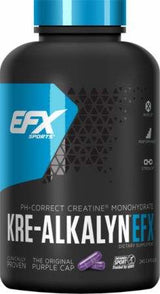



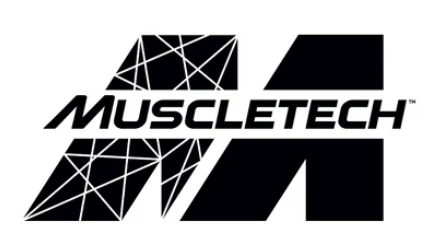
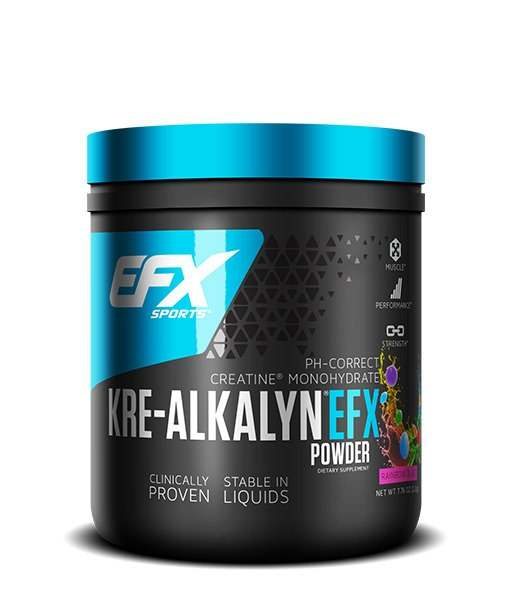

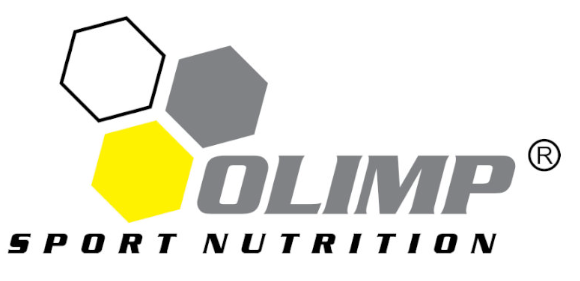
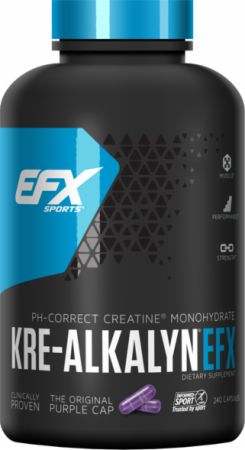
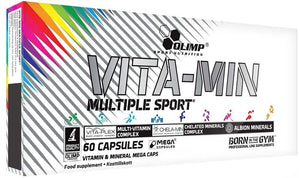
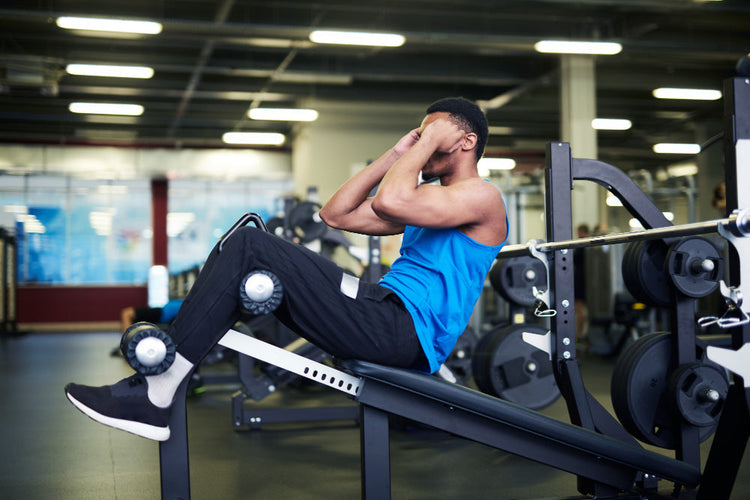
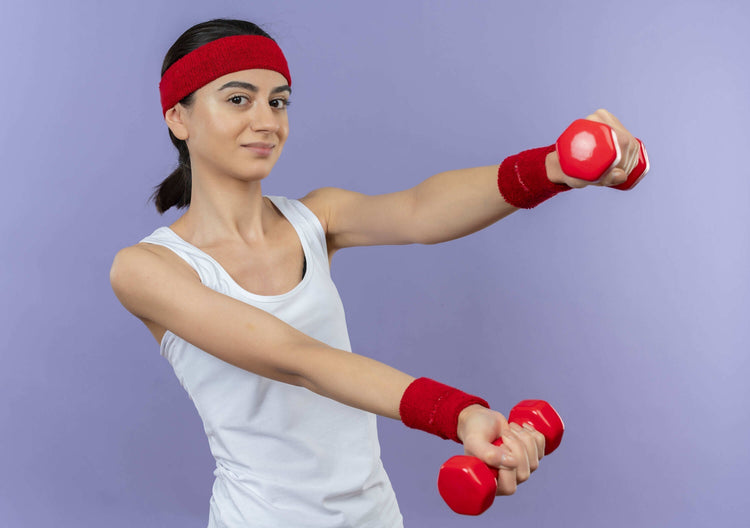
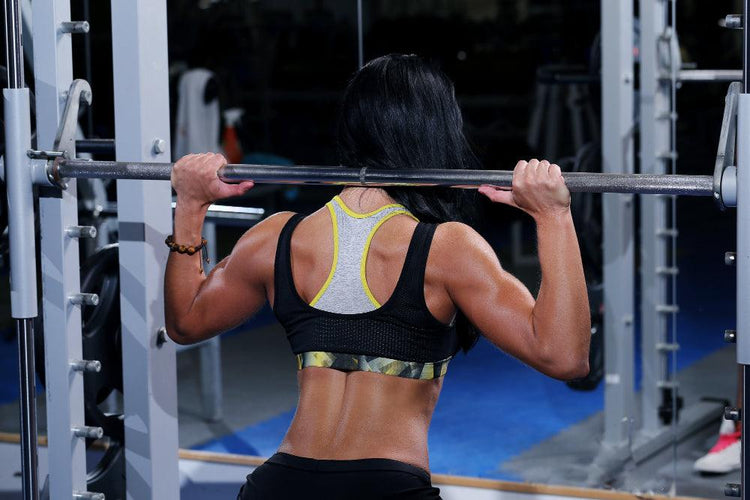
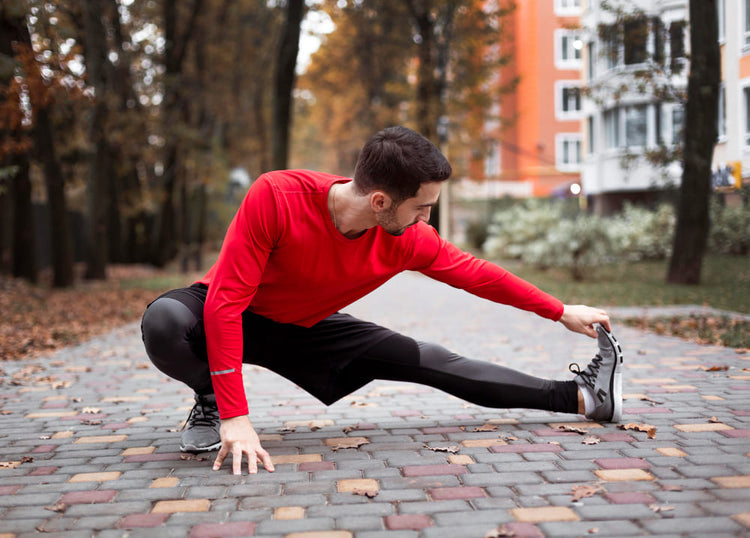
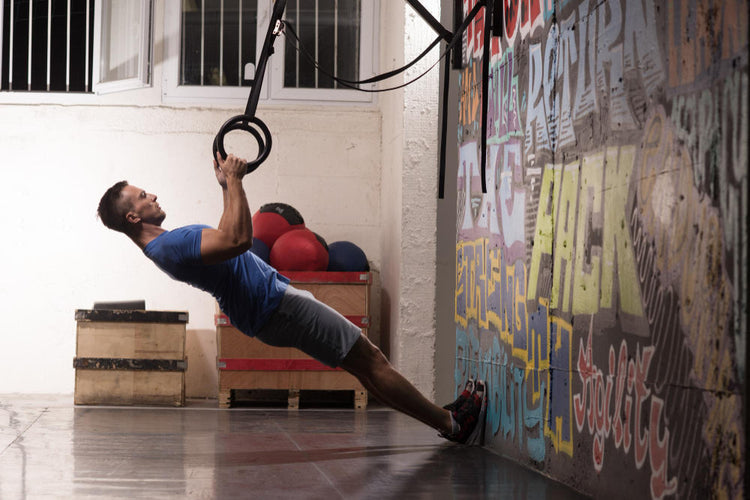
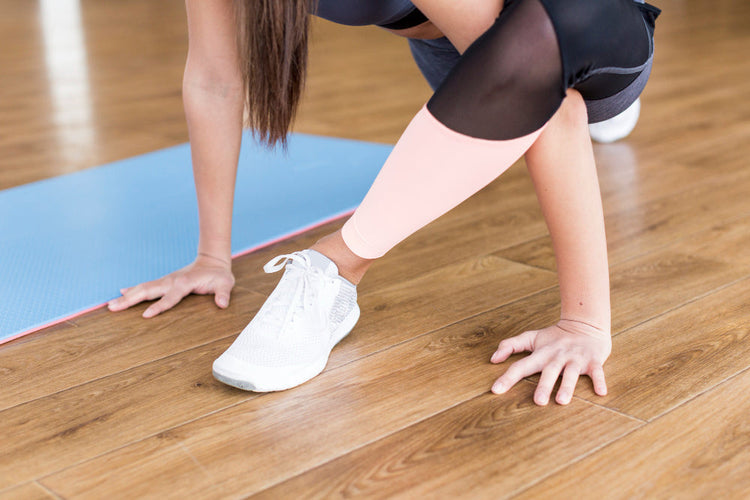

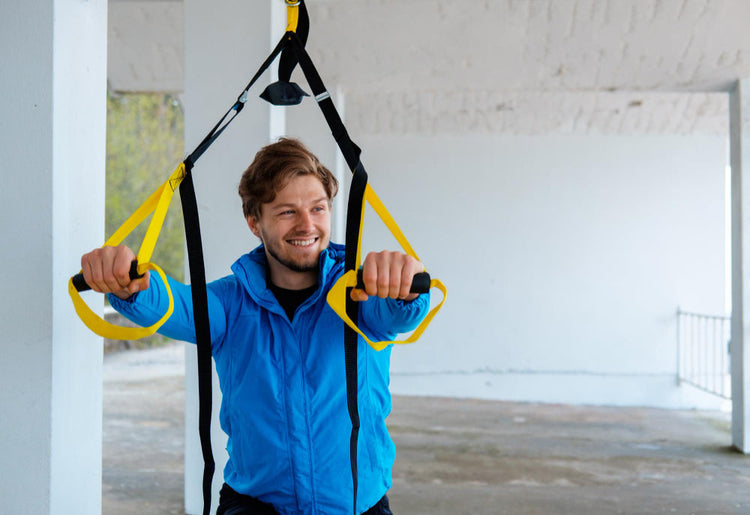
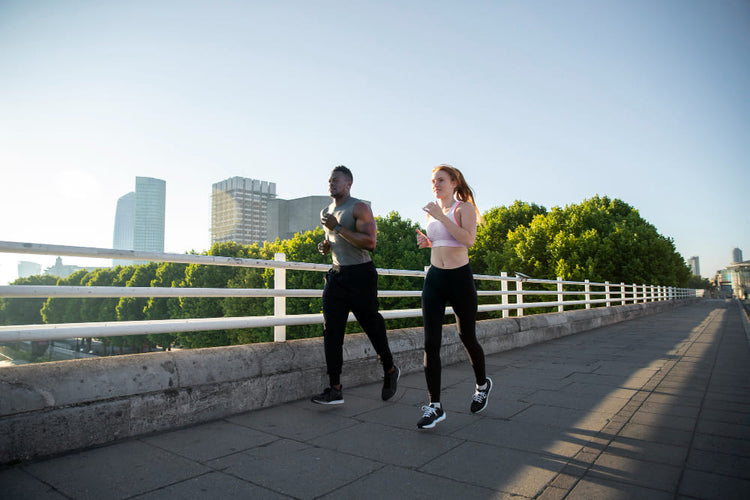
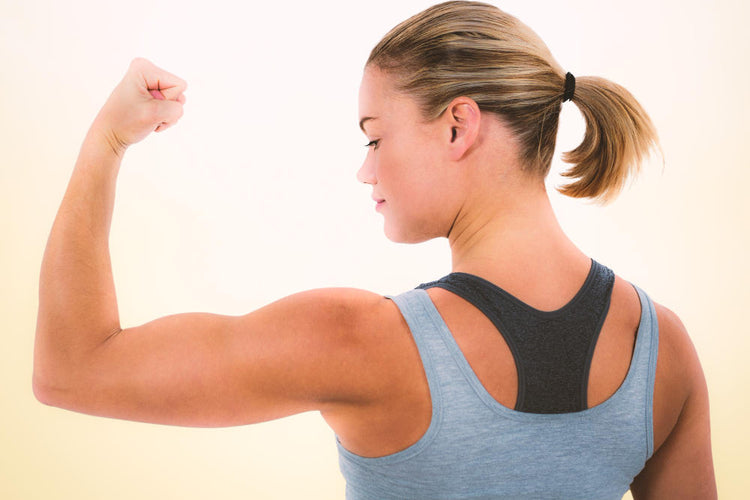
 Rated Excellent by 26,523+ Reviews
Rated Excellent by 26,523+ Reviews